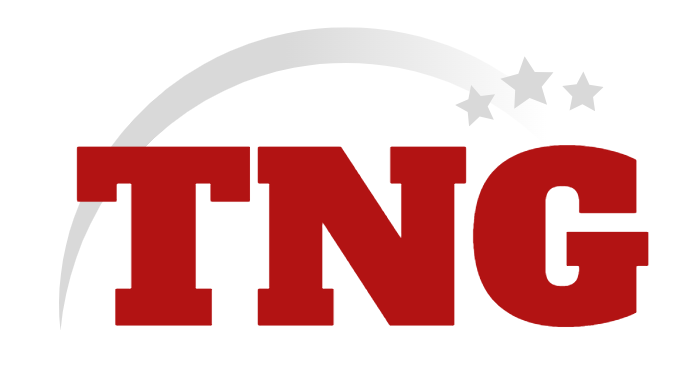Content
Experience with relational database management systems including SQL Server. To perform this job successfully, an individual must be able to perform each essential duty satisfactorily. The requirements listed below are representative of the knowledge, skill, and/or ability required.
Within larger organizations, DBA responsibilities typically are split into separate types of roles. Beyond general-purpose, the primary roles include system DBA, database architect, database analyst, application DBA, task-oriented DBA, performance analyst, data warehouse administrator and cloud DBA.
Conclusion on DBA Roles & Responsibilities
Installed and configured a SQL 2012 clustered environment with availability groups. The main advantage of getting certification is that you will learn new skills or upgrade or your skills. The Database Administrator job is ranked as#7 in Best Technology Jobs (according to USnews.com, 2021). By changing some of the factors related to your career/experience you can see how it compares to the Median salary.
- In larger environments, the DBA might be assigned a single function, such as developing stored procedures and SQL statements, or might be in charge of maintaining the production environment.
- Data administration separates the business aspects of data management from the technology.
- In this blog, we have gone through the duties of a database administrator.
- Before becoming an sql database administrator, 68.7% earned their bachelor’s degree.
- Assisted our development team with writing effective T-SQL stored procedures and views.
- Lead multiple infrastructure planning and implementation including instance strategy, technical platform selection, architecture design, backup and recovery strategy.
In addition to the difference in salary, there are some other key differences that are worth noting. There are many key differences between these two careers as shown by resumes from each profession. Some of those differences include the skills required to complete responsibilities within each role. SQL database administrators are professionals who are using specialized software for data storage and organization.
Create your own professional resume in just minutes.
A DBA can, and does, assume many different roles and responsibilities within the IT department involving database systems and applications. When adopting a new DBMS, the DBA is responsible https://remotemode.net/ for designing, implementing and maintaining the database system. Often, that includes installing the DBMS and setting up the IT infrastructure to allow applications to access databases.

They need to be able to converse and work with application programmers, business end users, IT and business managers, data analysts and other DBAs. Skipping routine maintenance tasks such as patching and updating what is sql dba puts your organization on the fast track to a security breach. The Equifax breach in 2017 is an example of a high-profile security event that could have been prevented if patching was up to date.
What Does an SQL Database Administrator Do?
SQL server database administrator provides primary DBA support for application databases, including space monitoring and managing security, backup and recovery, performance tuning, and database refresh processes. A database administrator has many possible roles, depending on his or her environment. A DBA might be part of a large team or might be a single person responsible for more than just the database components of the system, including other applications.
- Top companies and start-ups choose Toptal SQL Server freelancers for their mission-critical software projects.
- Sql database administrators tend to make the most in the finance industry with an average salary of $105,963.
- Their main goal is to ensure the availability and consistent performance of various corporate applications.
- They decide on economical hardware, based on cost, performance, and efficiency of hardware, and best suits the organization.
As a result, database administrators are increasingly more focused on applications than systems, because cloud service providers typically don’t offer application-level services. In addition, DBAs are spending more time interfacing with developers, managing test data, resolving problems and optimizing performance than they do on installation and patching. While looking through the resumes of several sql database administrators and sql server developers we discovered that both professions have similar skills. These similarities include skills such as “microsoft sql server,” “windows server,” and “ssrs,” but they differ when it comes to other required skills. A Database Administrator is an individual or person responsible for controlling, maintaining, coordinating, and operating a database management system. Managing, securing, and taking care of the database systems is a prime responsibility. They are responsible and in charge of authorizing access to the database, coordinating, capacity, planning, installation, and monitoring uses, and acquiring and gathering software and hardware resources as and when needed.
A structured query language server developer is a specialist who is tasked to develop and maintain systems to store, organize, and access databases. With their experience in data architect and management, SQL server developers can develop and scale SQL databases based on the needs of their organization. They conduct troubleshooting in databases which involve data validation and extensive testing to ensure that the end user’s specifications are met. They are also involved in the maintenance of the organization’s server. Sql database administrators and etl developers both include similar skills like “ssrs,” “t-sql,” and “dba” on their resumes.
Providing consultation on Oracle/SQL Server to our development team. Built Shared Infrastructure with Clustering to provide High Availability which helped consolidate 20 servers and saving licensing cost. Leading an initiative to resolve data quality and integrity issues and currently working on a strategy for data quality governance. Use ETL tool retrieving data from all Georgia Tech’s Business branch to our central SQL Server Data Mark. Use Microsoft PowerPivot and PowerView create on demand reports and then deploy them to SharePoint.
